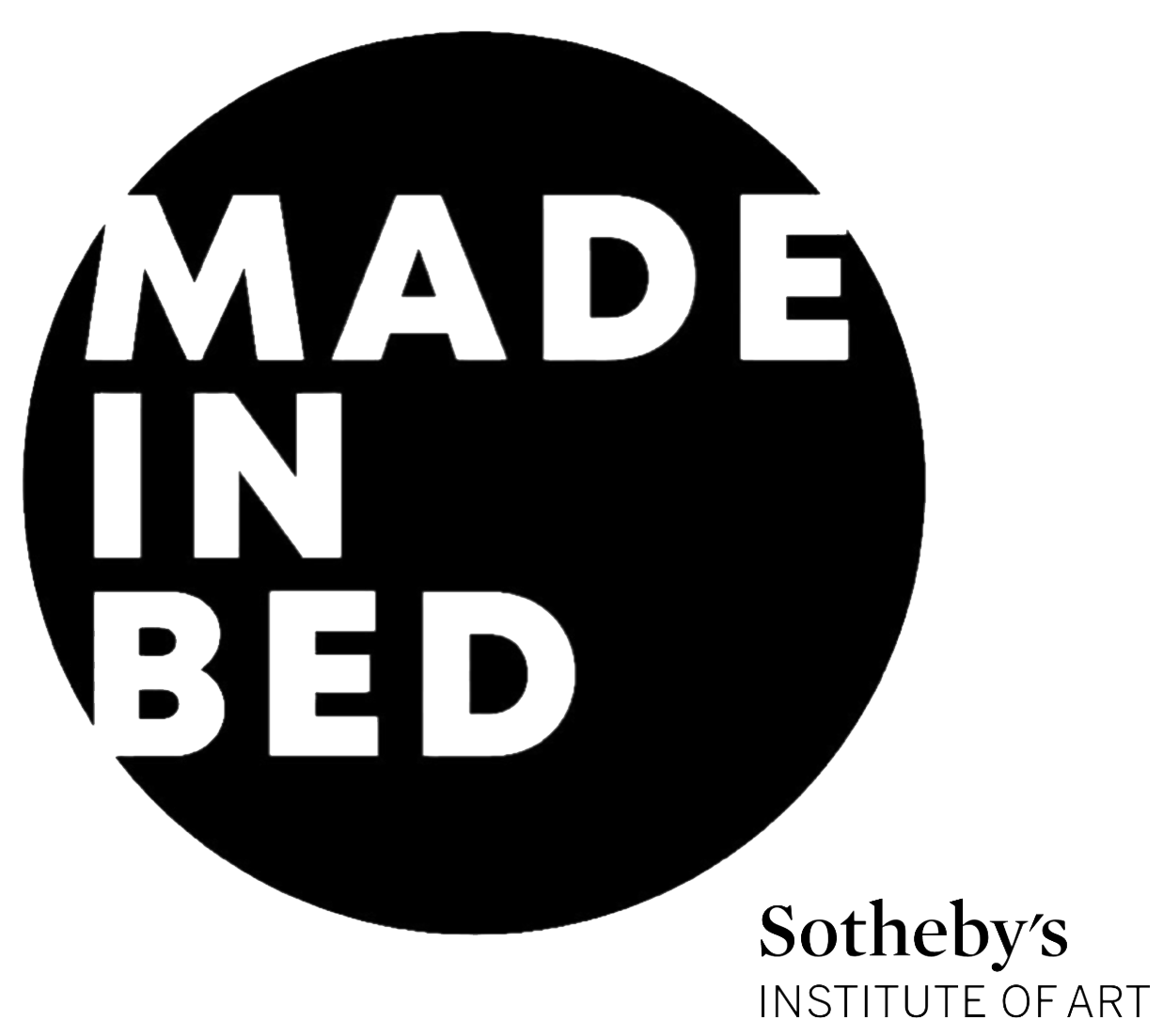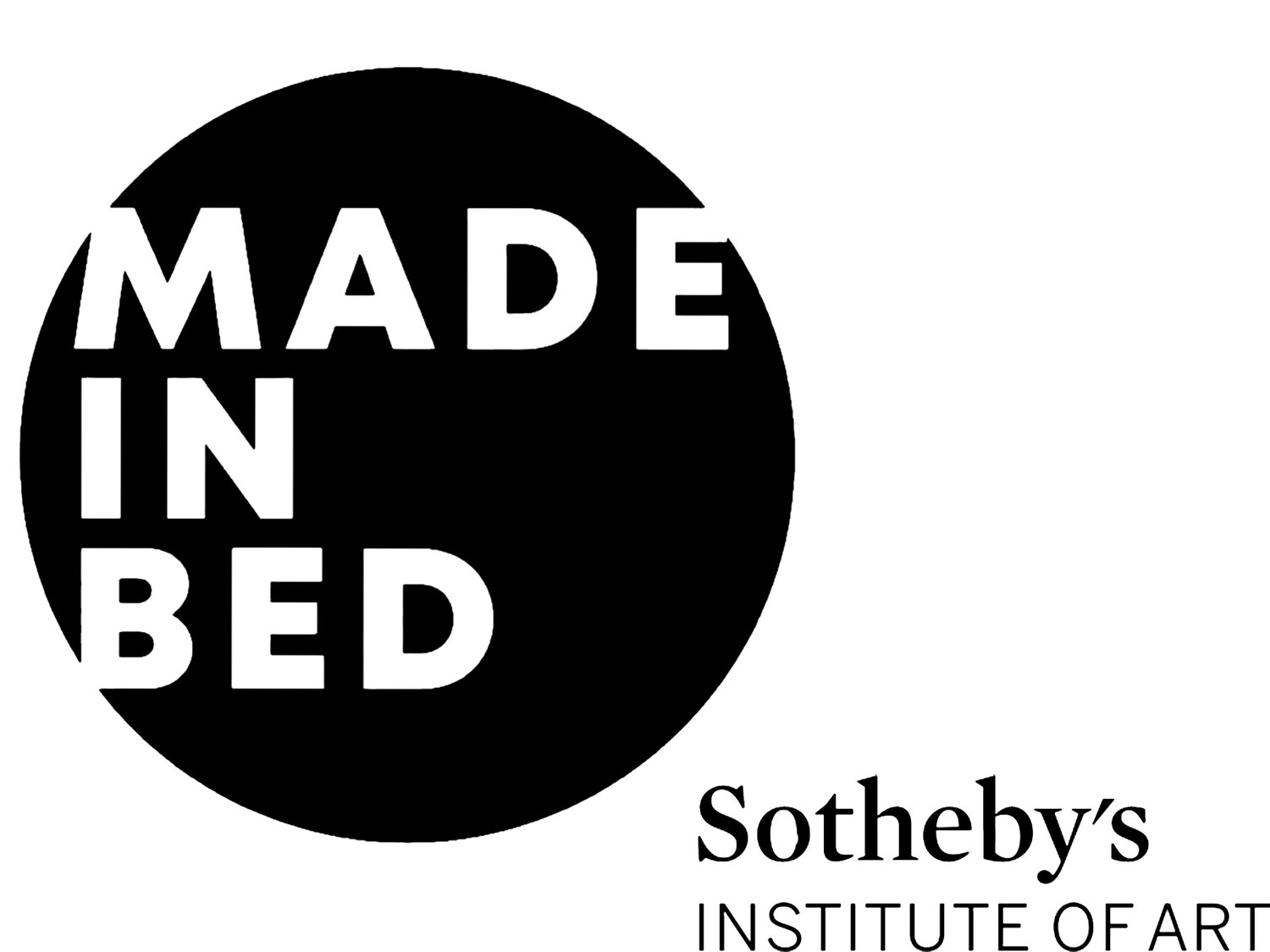Retrospective: The London Art Fair 2025 @ The Business Design Centre
The London Art Fair 2025 once again transformed Islington's Business Design Centre into a vibrant hub for artists and art lovers alike, offering a much-needed escape from the winter blahs and reaffirming its status as one of the UK’s most anticipated art events.
The London Art Fair at the Business Design Centre. Photo Courtesy: Sam Frost.
While any art fair is often a predictable affair in terms of sales-driven curation, this year’s edition of the London Art Fair saw compelling presentations, especially within its special sections. Of these, Encounters stood out as a personal highlight—an unexpected triumph of artistic dialogue over commercial necessity. Curated by Pryle Behrman, Encounters is designed to foster unexpected meetings, both in terms of discovering new artists and witnessing familiar figures exploring uncharted territories.
This year’s iteration delved into encounters as moments of intersection, bridging different locations, times, and artistic methodologies. The presentations not only gathered a global selection of artists and galleries, but also facilitated dialogues across eras, sometimes by juxtaposing artists from different generations or by showcasing how artists re-examine and reinterpret their earlier practices, effectively forging an encounter with their former selves.
Curated with an eye for dynamism, Encounters showcased galleries and artists that challenged conventions, inviting audiences to engage with works beyond their usual viewing habits. It was a space that felt less about immediate marketability and more about meaningful artistic exchange—something that, in many ways, one hopes to find in an art fair setting. This year’s selections leaned heavily into experimentation, with mixed media works and conceptual installations taking centre stage. There were moments of genuine surprise, with artists repurposing digital technology in tactile ways or interrogating classical techniques through contemporary lenses.
Antonio Sergio Moreira, ‘O Menino Kalunga’, 200 cm x 150 cm. Mixed technique on canvas, 2023. Photo Courtesy: the Artist and Ricardo Fernandes Gallery.
Connor Coulston, ‘Shit meals mum made (beans on toast)’, glazed ceramic neon, 2023, 46cm x 32cm x 37cm, Photo Courtesy: the artist and Caroline Fisher Projects, photographer Matthew Booth.
Meanwhile, the fair’s curated section, Platform, which highlights emerging artists and galleries under a unifying theme, left a more complicated impression. This year’s theme, “Today for you, tomorrow for me”, was drawn from the Andean Q’ero principle of ayni, a philosophy of reciprocity, mutual aid, and balance. It was a concept with profound artistic potential, offering a framework for meditations on ecological sustainability, community, and the tensions between individualism and collective care. However, as I moved through the section, I found myself questioning whether the works truly reflected the vision of curator Becca Pelly-Fry—an individual with a distinguished career and a gentle philosophy centred on life, health, and community—values that are more crucial than ever in today's world of tension and conflict.
There was no denying the quality of the art on display. Young galleries such as SOHO Revue and 99 Projects exhibited strong works, many of which demonstrated remarkable technical ability and conceptual depth.
Tuesday Riddell, ‘Lemon Slide’, 2023, 25.5 x 50.5cm. Photo Courtesy: the Artist and Soho Revue.
Poppy Lennox,‘To Be in the Depths of Matter,’ Plaster, acrylic, pumice gel and thread on birch plywood, 90 x 90 cm, 2023. Photo Courtesy: Georgie Beattie, the Artist, and 99 Projects.
Yet, many of the gallery presentations felt only loosely tied to the idea of reciprocity. Some pieces focused more on abstract expression or personal narratives without a clear connection to themes of mutual exchange or environmental harmony.
While certain artists and galleries engaged with the theme in compelling ways, exploring interdependence through materiality or commenting on the interconnectedness of social and environmental issues, others seemed to operate entirely outside the conceptual framework. This ultimately made the section feel more like a general showcase of emerging talent rather than a thematically cohesive exhibition. That being said, Pelly-Fry’s focus on ecofeminism and indigenous knowledge provided a compelling backdrop to the discourse, even if not all exhibitors embraced it with equal commitment.
This raises a broader, long-standing question about the role of thematic curation in a commercial fair. Should a section like Platform prioritise thematic integrity, ensuring that every work rigorously engages with the chosen concept? Or should the focus be on presenting the strongest artists, regardless of their adherence to the theme? While an institutional exhibition might demand the former, an art fair inevitably leans towards the latter—sales, after all, dictate survival.
Ultimately, the fair did what it does best: bringing together a wide spectrum of artists, collectors, and galleries in a setting that, at its strongest, fosters discovery. Yet, as I left the Business Design Centre, one question lingered: in the hierarchy of an art fair, what takes precedence—cohesion or commercial appeal? In a space where sales dictate visibility, can a curated theme ever truly take the lead, or will it always be secondary to what actually sells?
While this debate is unlikely to be resolved anytime soon, one thing is certain—the London Art Fair remains a vital platform for artistic engagement, whether through curated dialogues or the ever-present pull of the market. And so, with questions still lingering and anticipation already building, I’ll see you for the London Art Fair 2026 edition.
The London Art Fair concluded on 26th January 2025, with a lookback available on their website here. The next edition is expected to run from the 21st – 25th January 2026.
Nicole John
Reviews Co-Editor, MADE IN BED






